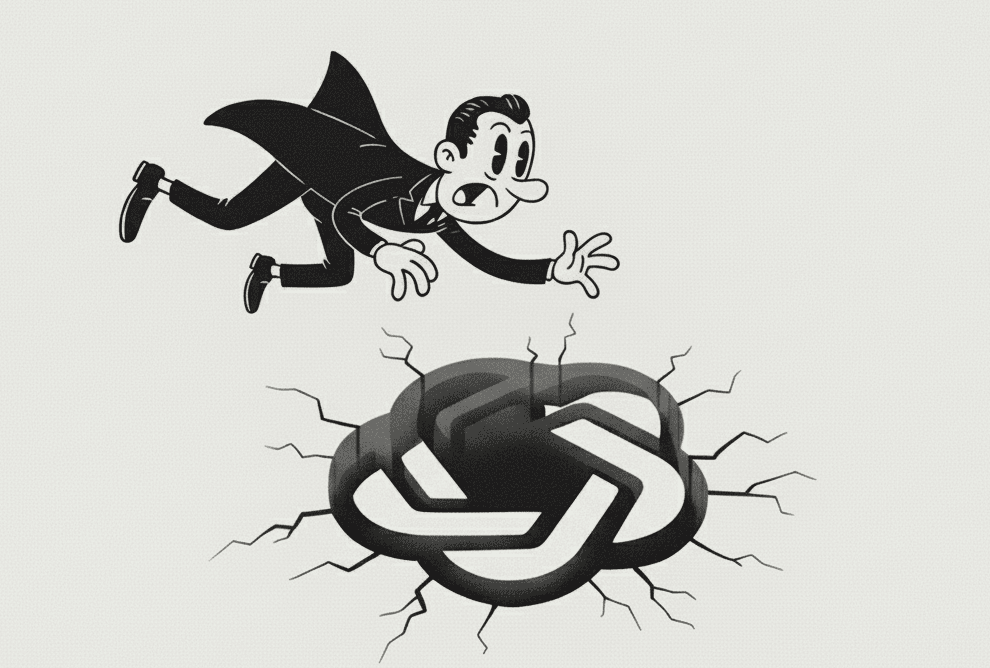Pandemic. Vaccine. Gaslighting. Year after year, Merriam- Webster, America’s most trusted dictionary, distills the cultural mood into a single word of the year. In 2023, that word was authentic – go figure.
To the everyday scroller, the AI contentscape has become a land of soulless visuals: the waxy-eyed influencer, the painfully polished LinkedIn posts, the Pope in a puffer jacket. Is this the creative ceiling of a once promising technology?
For 45% of consumers, AI-generated social media content indicates an impersonal and untrustworthy brand – it’s important then, that modern day prospectors of the AI gold rush, pan for its value with this in mind: you can’t automate authenticity.
Yet missteps abound – Microsoft’s AI ranked the Ottawa Food Bank as a tourist attraction, advising visitors to ‘go in on an empty stomach’, Amazon’s recruitment engine neglected female résumés based on past hiring data, and Toys’R’Us’ AI-generated campaign videos aimed for emotion and wonder, delivering shapeshifting children and melting miniatures instead.
So how do businesses harness AI’s potential without compromising the human touch?
Let’s keep it to content.
If your core idea lacks meaning, AI won’t save it – it’s only as good as its creative intent. Empathy, irony, honesty, surprise, connection. AI is best deployed in service of these human qualities.
Take Orange’s viral women’s football ad. Male footballers sprinted and scored their way through a gripping highlight reel – only to reveal that, disguised by deepfake tech, they’d been female players all along. Here, AI was used in service of a real message, to subvert assumptions, not to substitute creativity.
It seems that, for most, AI isn’t elevating brand output, but churning it, pulling us toward a barbell-shaped content economy. On one end, high-concept, human-led creative, will become increasingly premium. On the other, lo-fi, organic, trendy content will continue to build trust through its rawness. The bloat will begin in the middle, as platforms swell with the templated, predictable, and thoughtless.
Volume won’t be enough to cut through this noise – the brands that stand out will need to resonate, getting either deeper or realer.
By 2026, businesses expect nearly half of their social content to be generated by AI, and with this oversaturation impending, authenticity will become the only differentiator.




